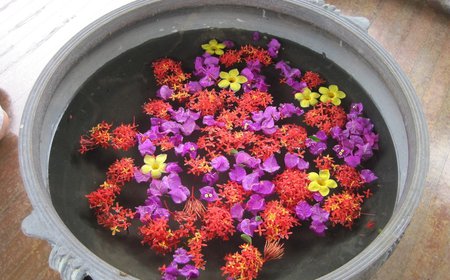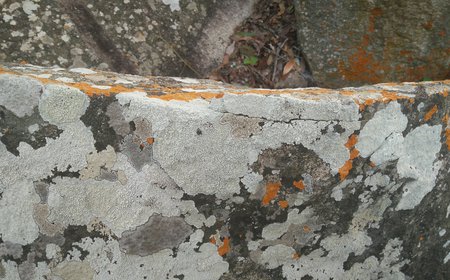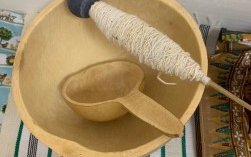In this series of blog posts from the researcher-artists working in the MIDEQ Hub we will begin introducing some concepts from traditions outwith those which are more normally associated with the discourse of migration studies or intercultural communication in the academic literature. In this post Dr Gameli Tordzro introduces his concept of the ‘Memory Dragon’.
How fantastic, it would be,
if my memories would gallop back to me.
… back to me like a fast horse,
what static limbless Ʋɔdriba dragon or worse
‘would dare eat them?
what Ʋɔdriba Memory Dragon would dare?
I have been wondering about what I remember of the time in Nairobi and wondered how and why I remember some things and not others when I move from one place to another. I do not easily remember names of people and places and wonder why. Even when I do not remember the names of people and places, I remember the events and activities that involved them. I remember events that involve my body;
I remember those I came into close contact with, I remember names of those I interacted and had regular conversations with but mostly, I remember the photographed moments …
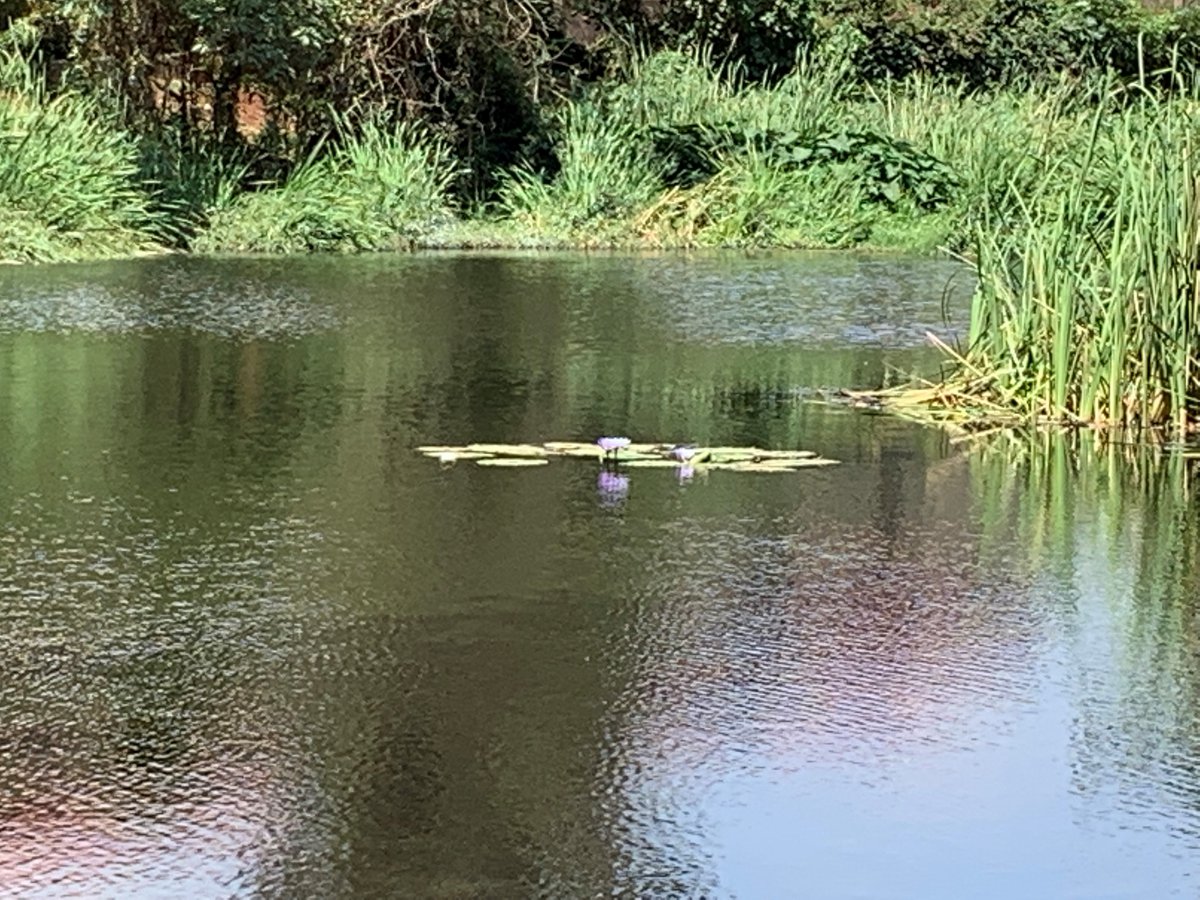
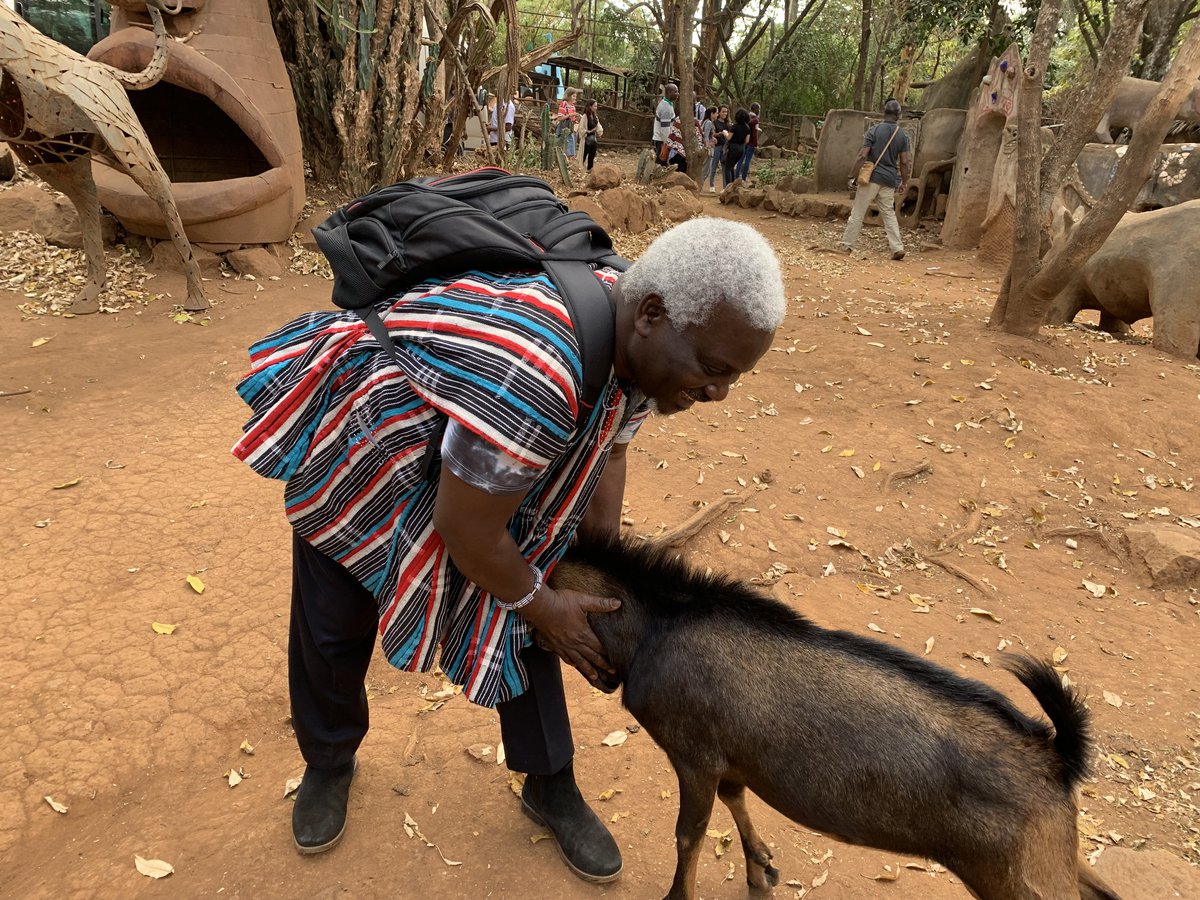
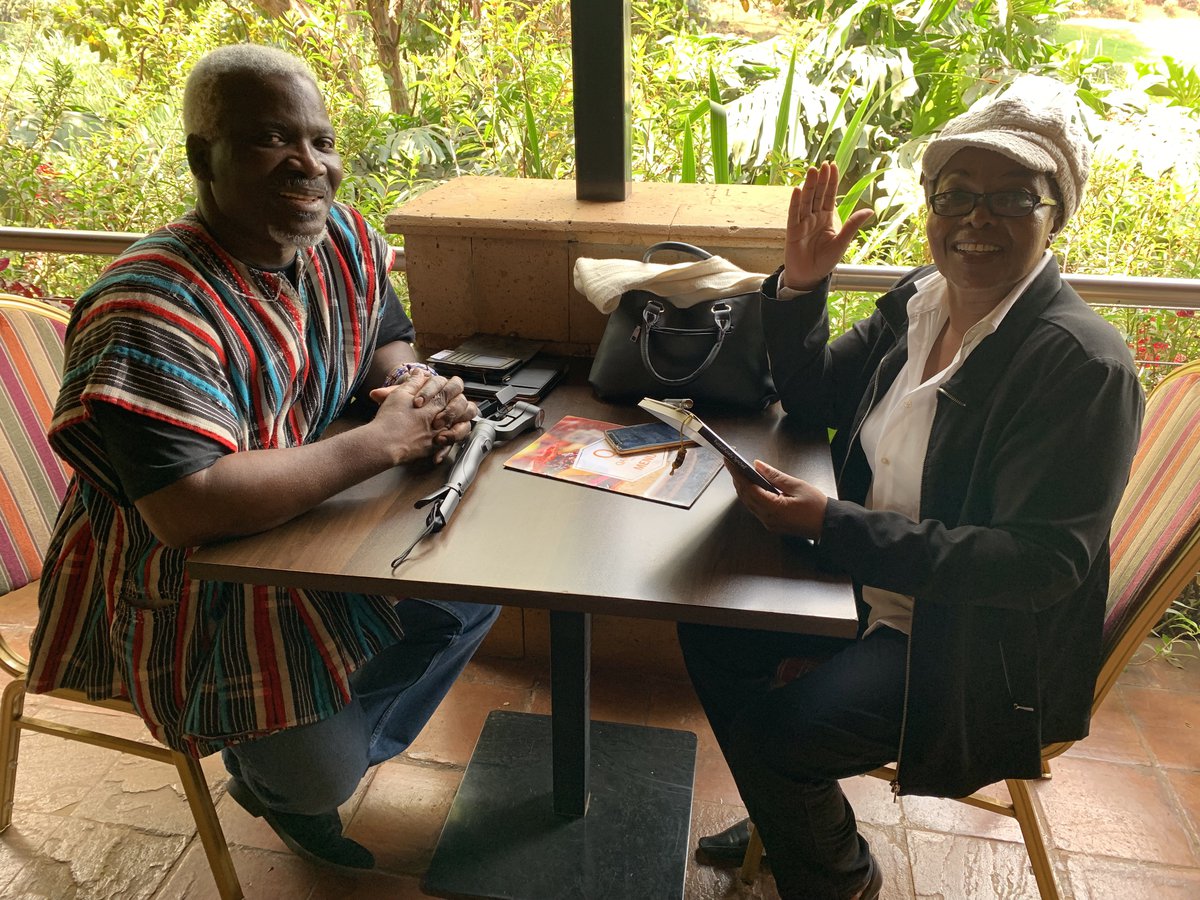
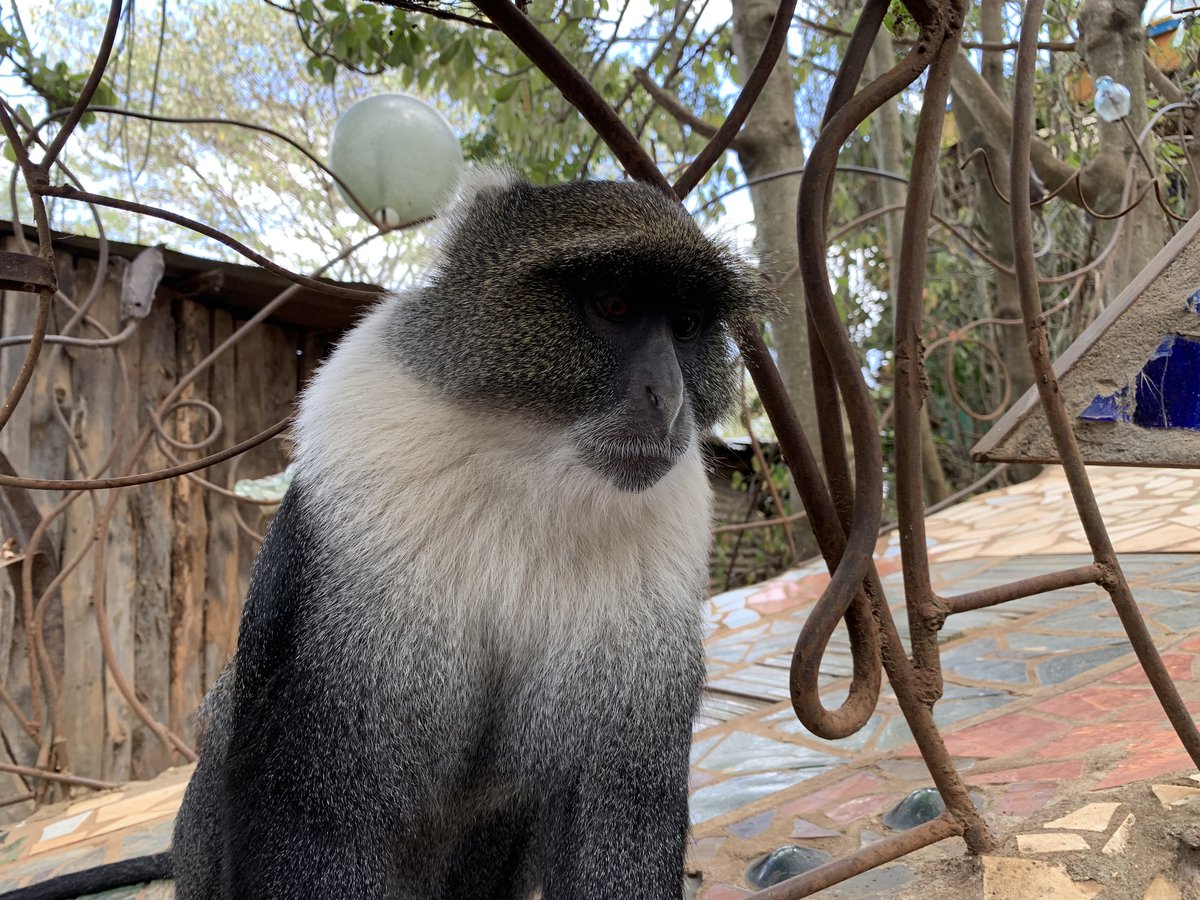
things I touched, smelled, tasted, saw and heard. The food at Quaribu Inn; the visit to the home of Ben Mukabwa and Mercy Pepella, and the music we created; how they came to join us in the storytelling and music session; and the keeping in touch after, and how the relationship is captured and preserved in the music Ben produced ‘Malako’ after we had left Nairobi; the Nyamachoma. I remember the pond and the sound of birds
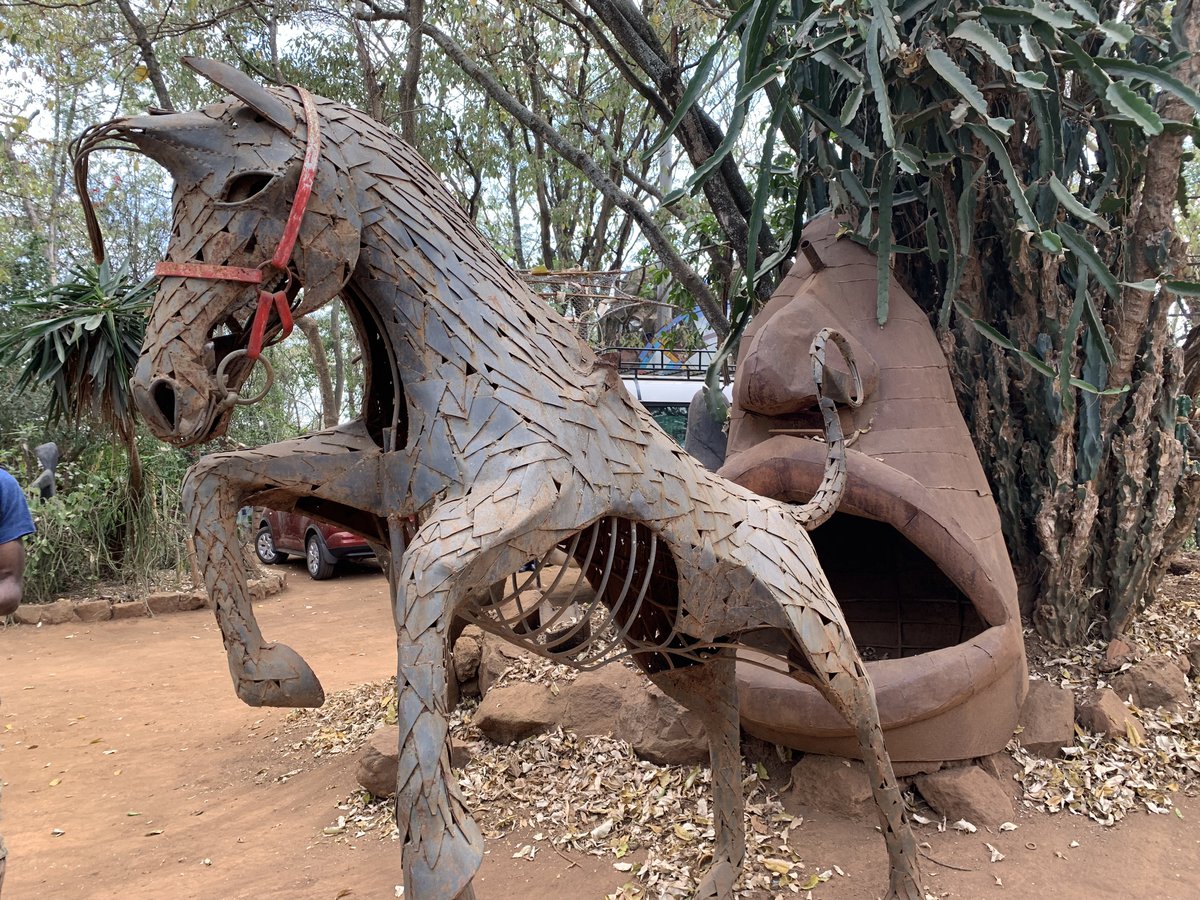
My Memory Dragon eats the names of those I do not interact with and those who do not interact with me after we meet but shelves the names of those, I interact with in long lasting memory preservatives.
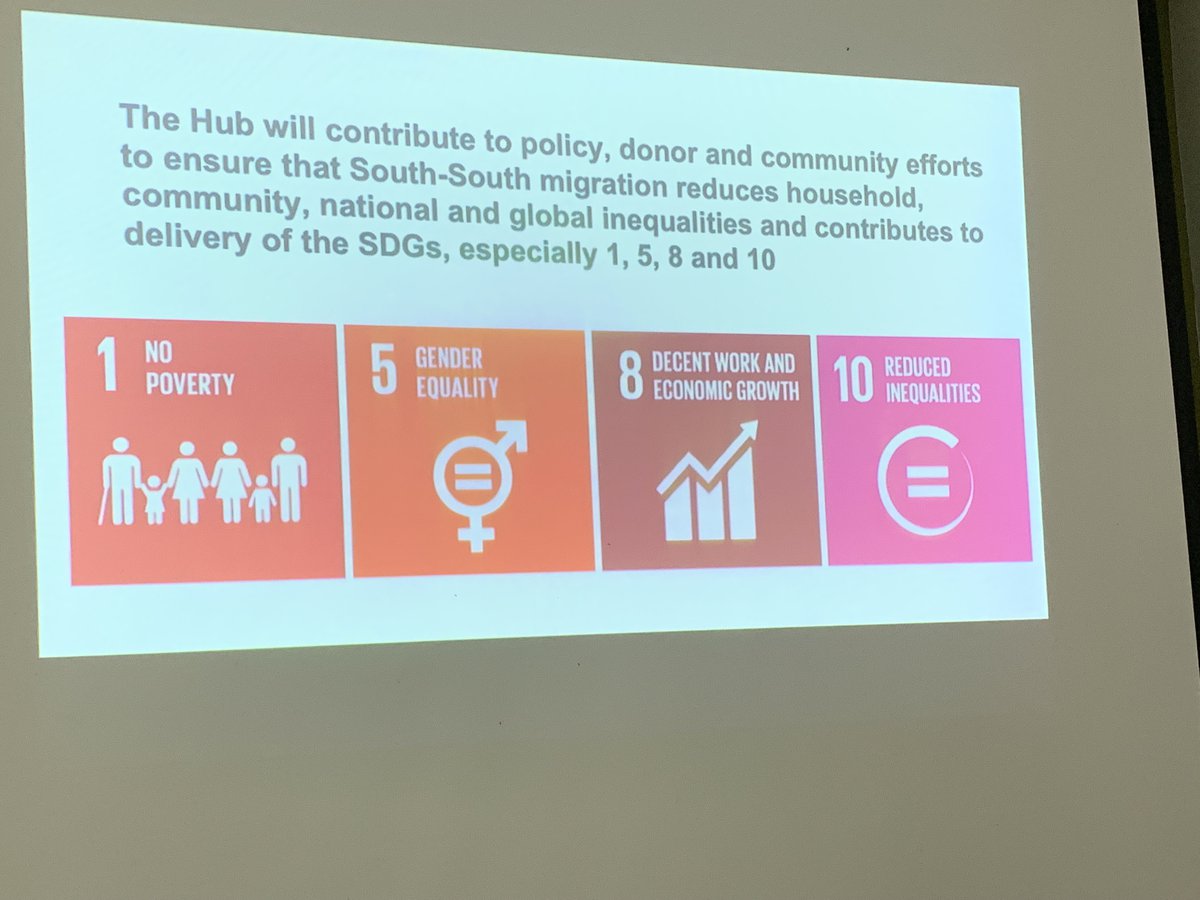
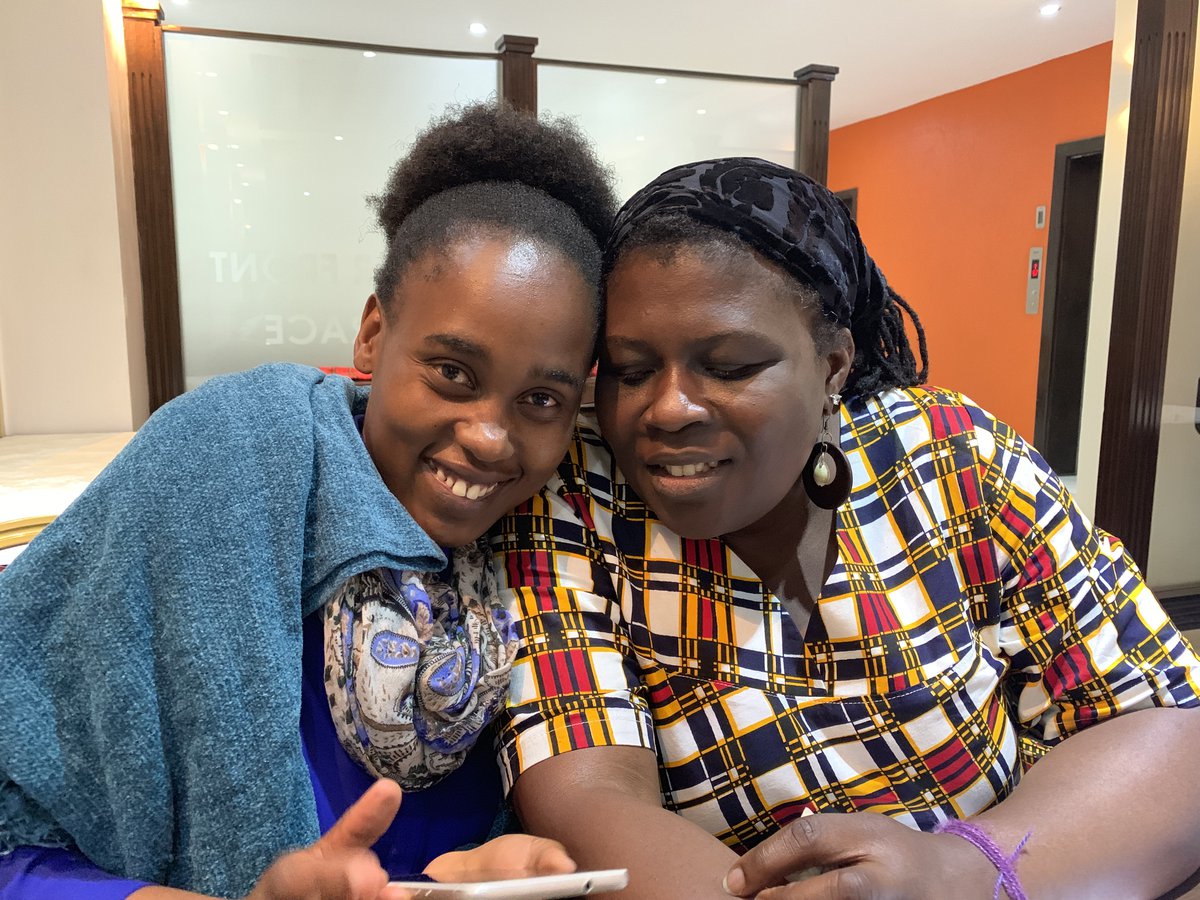
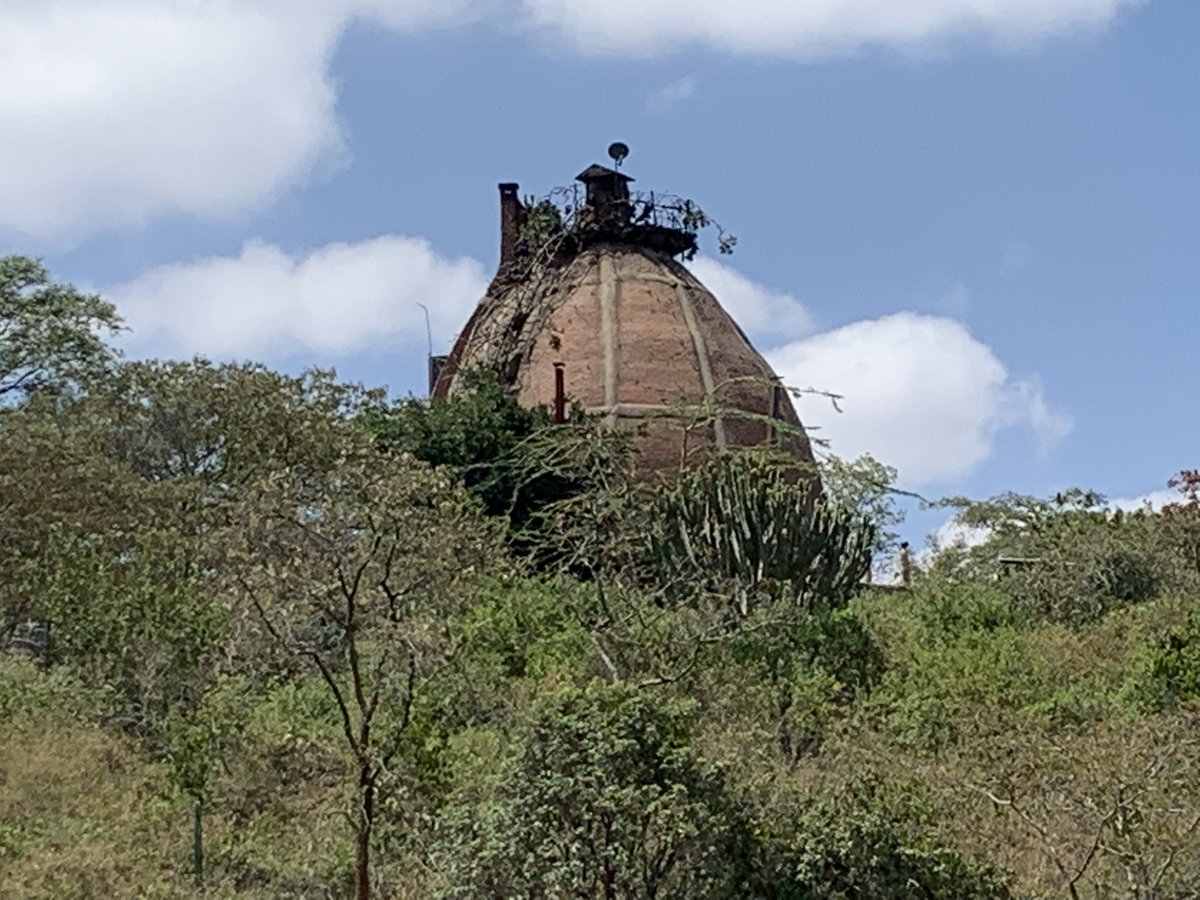
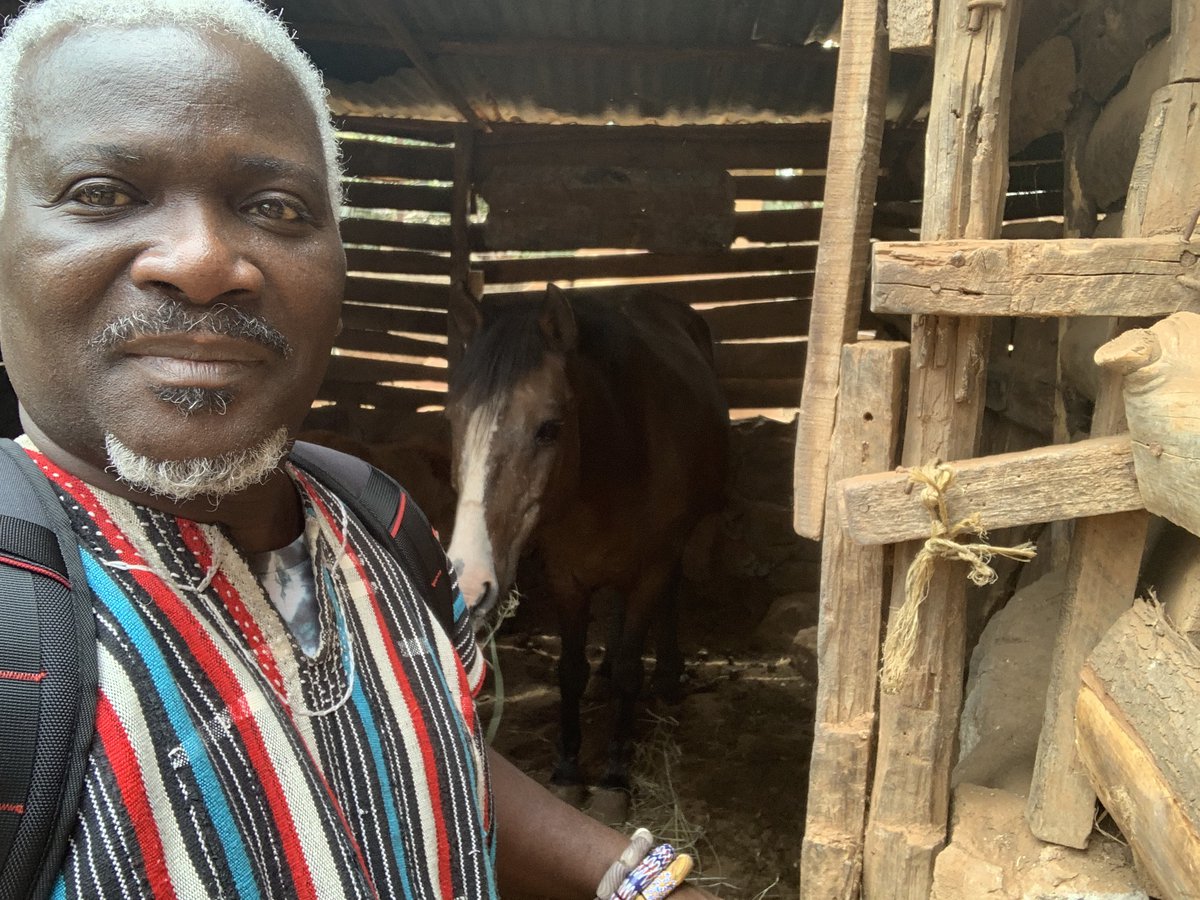
I remember the bright colours of the flowers the green vegetation; the warm sunshine, and homely atmosphere of where we stayed; I remember people,
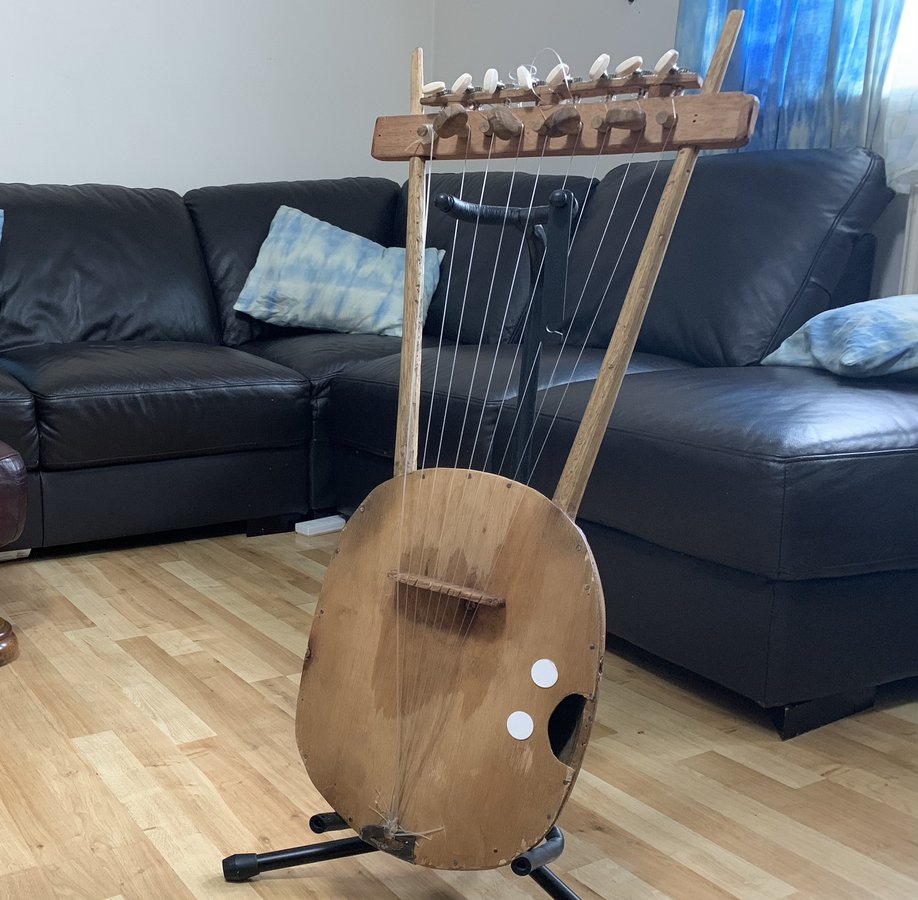
Today, we do not only travel with objects but the memory of emotions we create through friendships and gifting, and those the objects we migrate with carry along as we carry them.
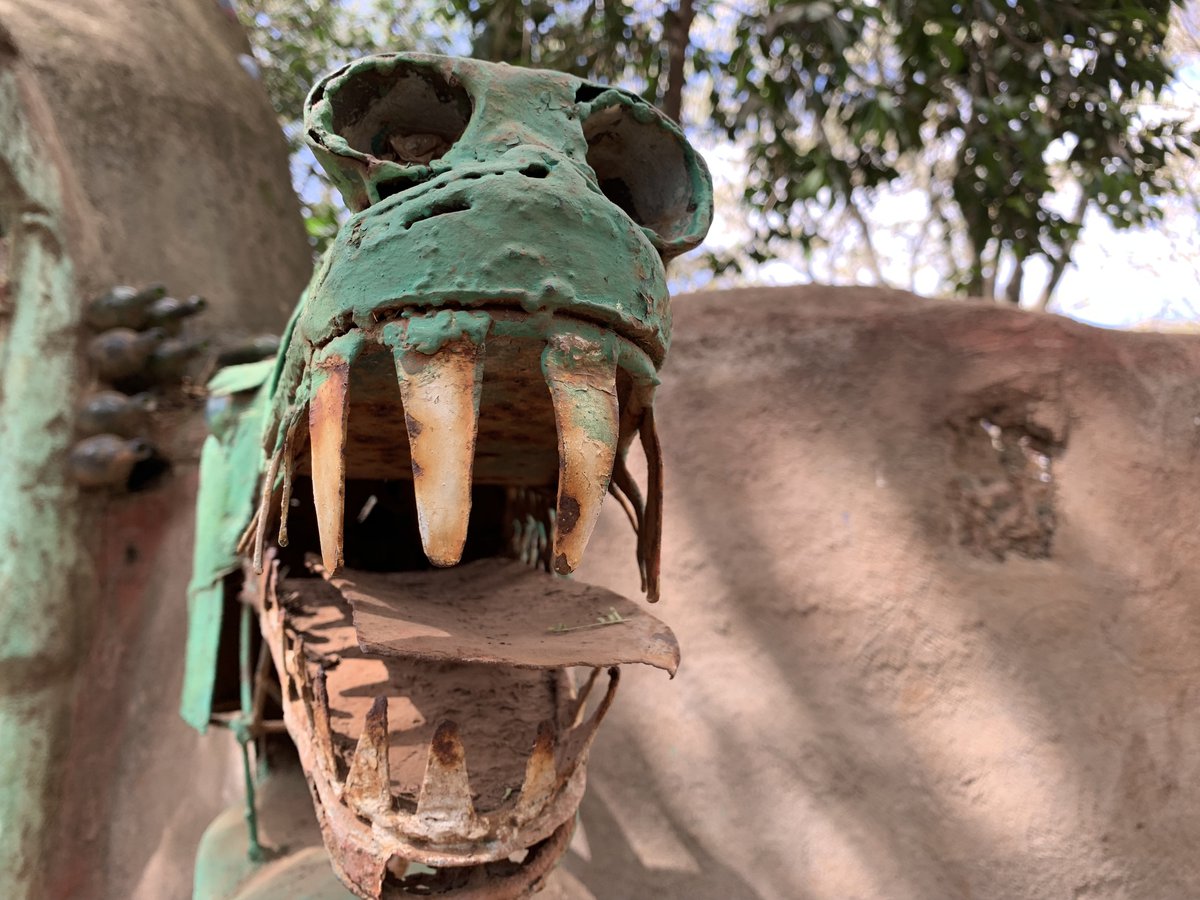
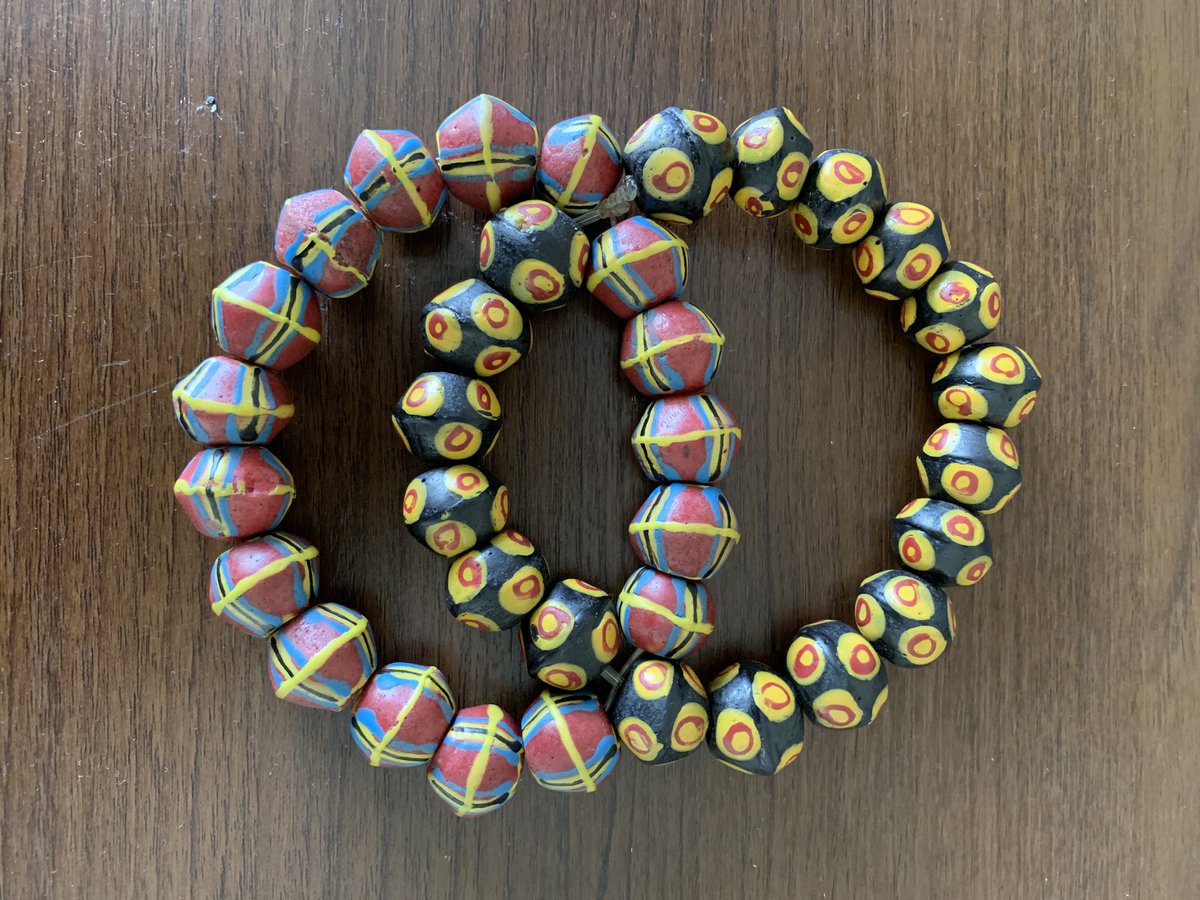
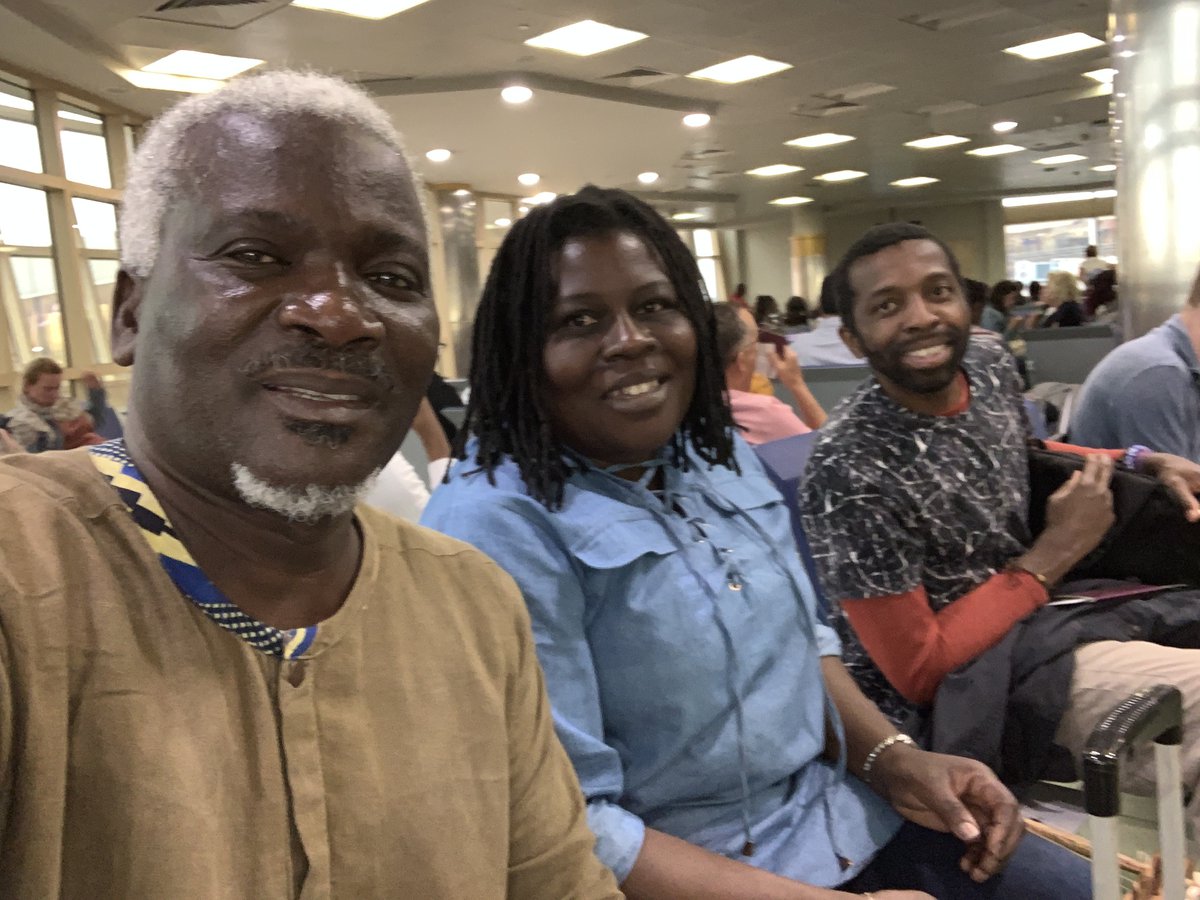
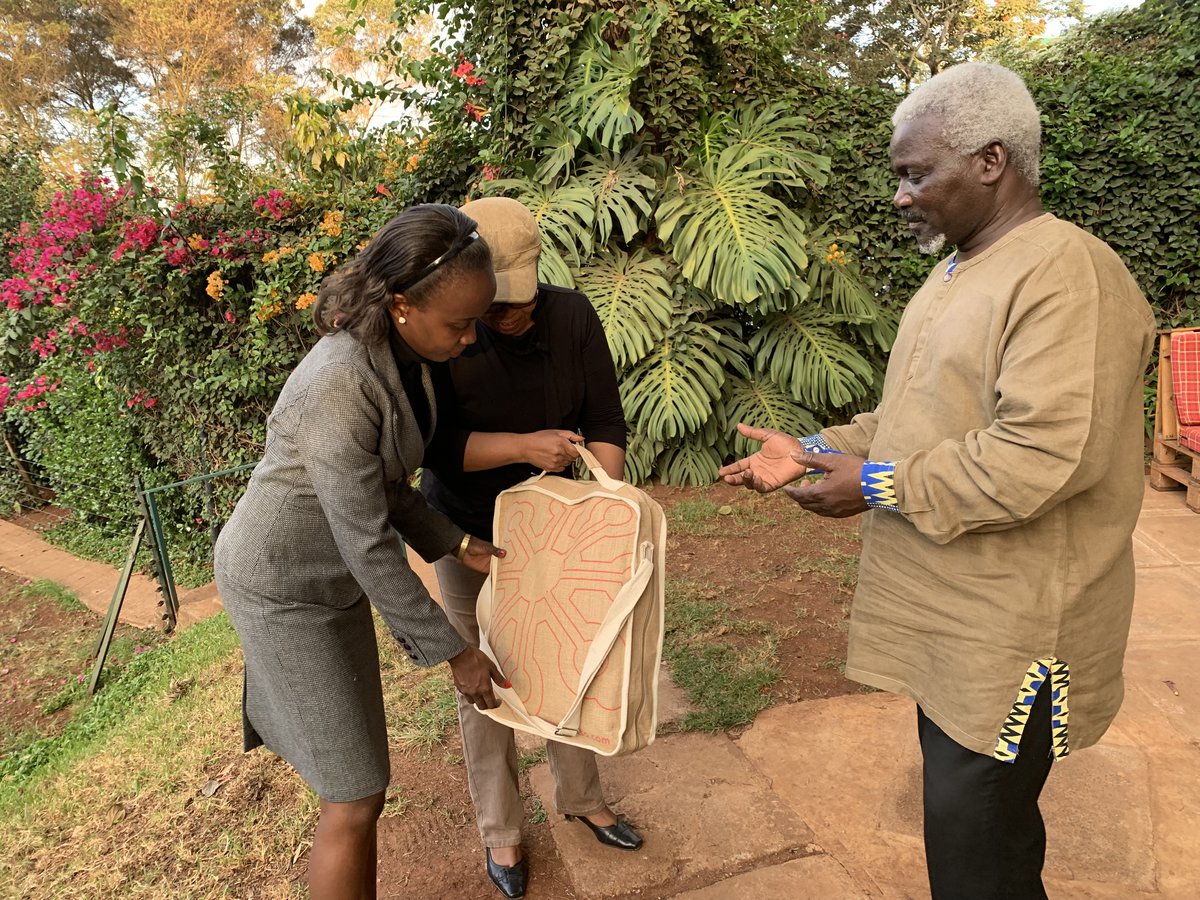
even if I struggle to recall some names. But I mostly, remember those I came into close contact with, I remember names of those I interacted and had regular conversations with. But mostly I remember the photographed moments because they remind me. I remember the goat on the day trip to the glass place, I remember the accident on the hanging bridge. However, there is a memory dragon, my ‘Ʋɔdriba’* who feeds on what I experience, it discards certain experiences instantly, devours others with time and hangs onto what it likes, preserving its relish for as long as possible. My Ʋɔdriba memory dragon eats the names of those I do not interact with and those who do not interact with me after we meet but shelves the names of whoever I interact with in long lasting memory preservatives – ‘nkudozinuwo’**. It shelves the memories of the activities we do and labels each encounter with corresponding images.
There are memory shelves all over my body through which I sense and remember: Seselelame***. There are memory shelves ‘Ŋutefe’**** of remembering with, in my feet that remember the softness and roughness of the ground, there are memory shelves in my hands that make my fingers remember the position of each string on the modified traditional Litungu***** that we brought back from Nairobi, how friendly the immigration staff were, and how they could not resist the temptation to strum on the strings. Memories travel through our bodies and with us wherever we go, and they also come in the objects we carry along with us wherever we go. Today, we do not only travel with objects, but also with the memory of emotions we create through friendships and gifting, and those memories the objects we migrate with carry along as we carry them. For example, each string of the Litungu has its own nkudodzigbe (sound memory) and ŋutefe (awareness space) and reproduces from those memory sites. Our lives therefore become either enriched or impoverished by people, places, objects we gather along the way and carry, as well as the memories of emotions they bring along when we move. Our migration stories are etched and become tangible and tactile within the memories gracefully or shamefully carried by the objects we migrate with and our own habits and abilities to memorise our emotions.
How does the concept of a ‘memory dragon’ fit with your experiences of South-South migration and your own traditions? What would be your word for this in your own languages? Do you have mythical creatures who eat your memories on your journeys? What have such creatures been like when represented in the arts? And how have you learned to meet them well, and encounter them safely and with respect?
* Ʋɔdriba: Dragon in Anlɔ-Eʋe language of South East Ghana, southern Togo and Western of Benin.
** Nkudodzinuwo: memory triggers
*** Seselelame: The Anlɔ-Eʋe word for sensing-in-the-body.
**** Ŋutefe: Place of memory or site of consciousness
***** Nyatiti: Is a Kenyan Luhiya Lyre normally with 4-5 strings. A variation among the Lou Known as the Nyatiti would normally have 5-8 strings.

